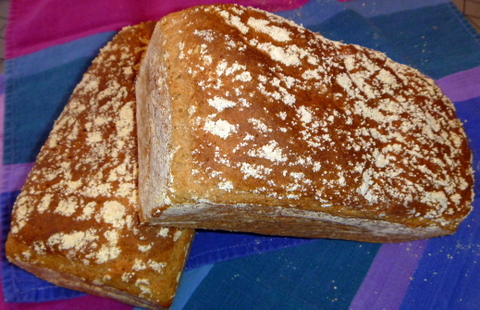Pain a l’Ancienne Method
I have been taking a Peter Reinhart’s Artisan Bread class on Craftsy and these loaves are from the rustic bread lesson. Craftsy is an online learning platform for a wide range of subjects such as knitting, baking & cooking, weaving, crochet, quilting, and much more.
